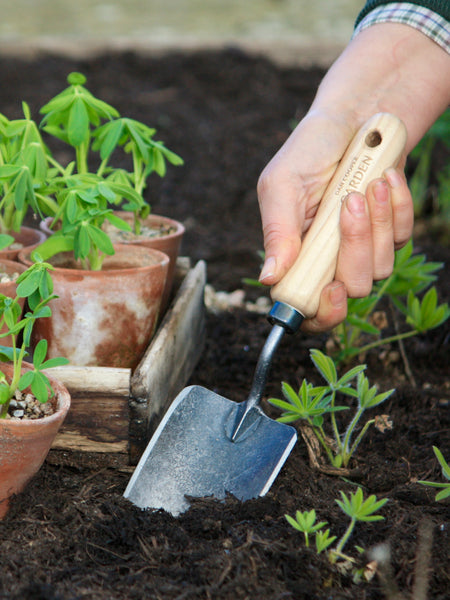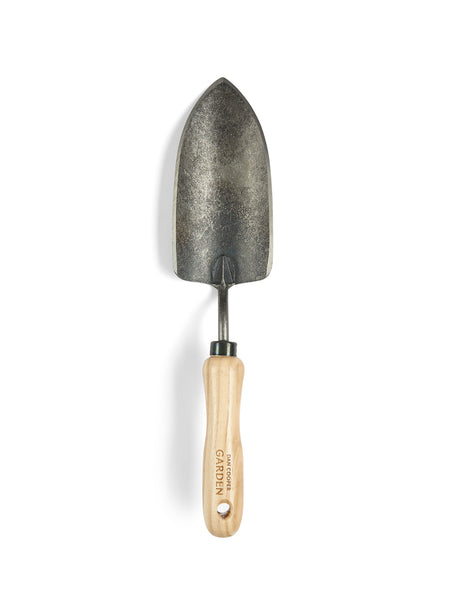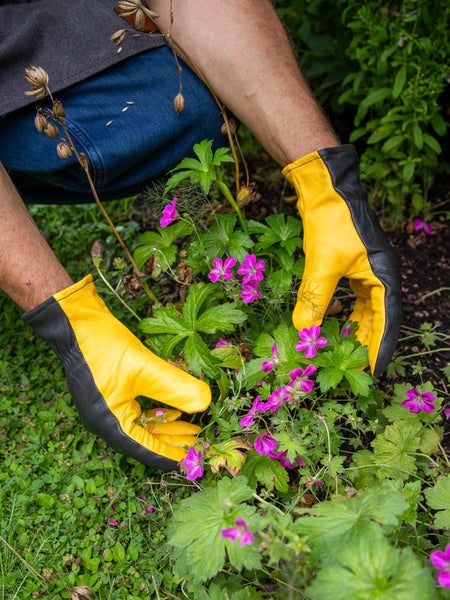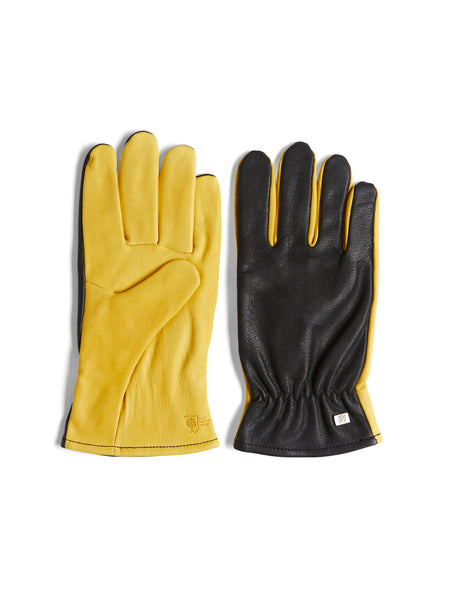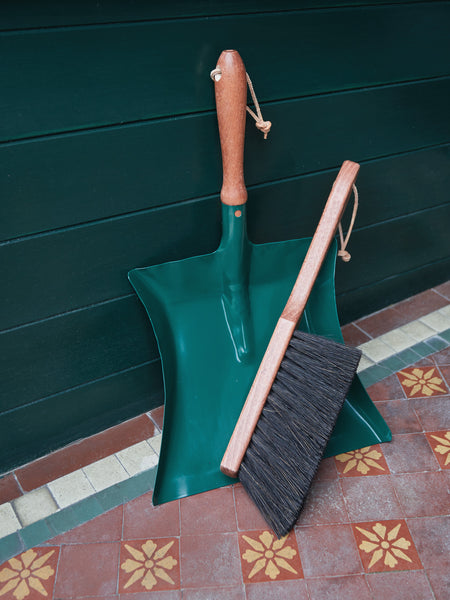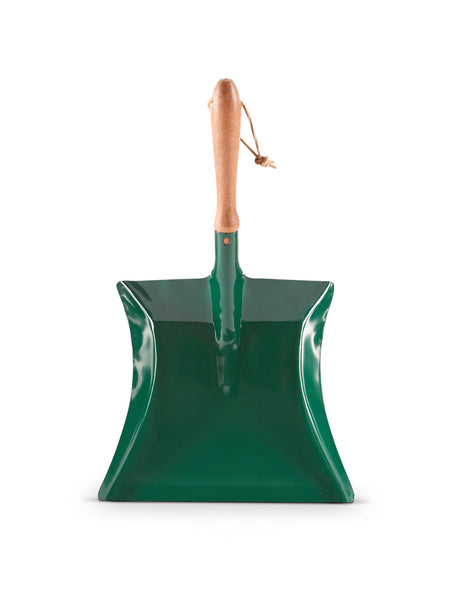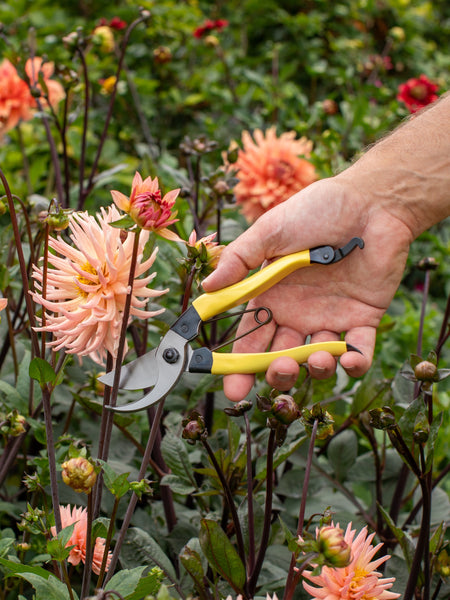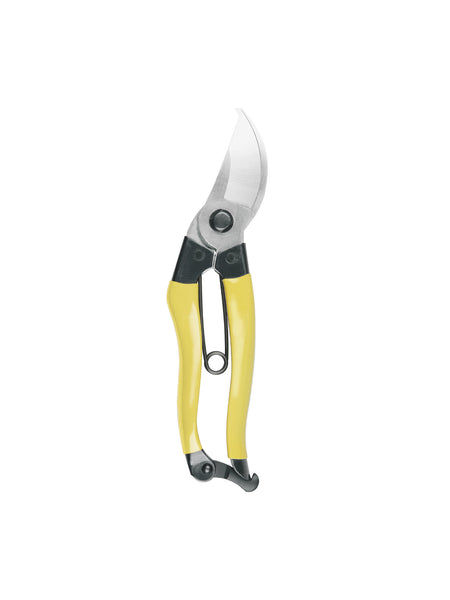Gardening without tools is like attempting to cook without pans - possible, but unlikely to elicit great results. Happily, you need much less equipment to garden successfully than you do to cook up a storm. Starting out need not cost you a fortune, and your garden armoury could easily be stocked with pre-loved and re-purposed items.
Before you buy anything, the key question to ask yourself is what kind of gardening you will regularly do. If you have a balcony or patio and grow mainly in pots, a good pair of snips and some hand tools will do perfectly.
However, if you’ve just moved into a property with an overgrown shrubbery, lawns and a large vegetable patch, you’ll need more heavy-duty kit, protective gear and somewhere to store it. Be realistic, and if you think you might only be using a tool occasionally, consider how you could make do before splashing out. More advice on this anon!
The Bare Essentials
I’ve thought long and hard about the very least I could get by with in my small courtyard garden and have come up with five indispensable items.
- Hand trowel - for planting, scooping and weeding.
Top Tip - avoid trowels where the metal has been painted or coated. These finishes will gradually chip away, exposing the low-grade metal beneath to rust. Invest in good quality steel which does not need a protective layer.
- Secateurs - for pruning, deadheading and harvesting.
Top Tip - always hold secateurs in your hand before buying. They should feel comfortable and well-balanced, and you should not strain to open and close them repeatedly.
- Gardening gloves - to protect my hands in the cold and wet.
Top Tip - try gloves on before buying. If they fit correctly, you should be able to form a fist with your hand comfortably and your fingers will be close to the end, but not tight against the fingertips.
- Dustpan and brush - for sweeping and cleaning pots, surfaces etc.
Top Tip - choose a set that’s specifically designed for outdoors with a brush that’s stiff enough to remove dried-on dirt and algae from pots and paving stones.
- Bucket or trug - for collecting debris, carrying flowers and mixing compost.
Top Tip - flimsy, painted buckets look pretty, but they’re not practical and won’t last. Go to a hardware shop and buy a heavy gauge galvanised bucket. If that will be too heavy when filled with wet leaves, opt for a flexible plastic trug instead.

What's Next In Your Armoury?
There will come a time when you’re eager to start adding to your tool bag. Friends and family will doubtless ask what you’d like for Christmas and birthdays too. These are the next twelve items I’d recommend, in no particular order.
- Hand fork - for weeding, breaking up compacted soil, removing stones and general cultivation.
- Hand hoe - for weeding, making seed-sowing drills and gathering debris from tight spots.
- Spade - for planting, digging, shovelling and leaning on when weary.
- Yard brush - for sweeping, tidying and getting cobwebs off the shed ceiling.
- Rake - for collecting leaves and levelling earth for sowing, planting or turfing.
- Pruning saw - for pruning branches over 1.5-2 cm in diameter, up to about 5cm.
- Snips or scissors - for harvesting herbs, deadheading, cutting twine and opening boxes.
- Watering can - for watering and feeding where precision is needed.
- Kneeler - for protecting your knees and keeping them dry when working on wet ground.
- Hosepipe - for watering large area, filling ponds and cleaning paving.
- Shears - essential if you have hedges. Stick with manual or electric for the sake of the environment.
- Lawnmower or strimmer - essential if you have grass, even if it’s allowed to grow long in spring and summer.
Making Do
Our consumerist society means that if we need something, our first instinct is to buy it. Before you jump in the car or switch on your laptop, ask yourself if there’s an alternative.
- If you’re only going to use a tool once in a blue moon, think about borrowing, hiring or sharing it rather than owning one of your own. Most lawnmowers spend 99% of their time in a shed. If your neighbour has one, ask to borrow it in return for helping with the maintenance or the use of another gadget. The same goes for hoses, hedge trimmers and jet washers, all idle for most of their useful lives. Hiring someone to mow your lawn in the peak season might be more appealing than the outlay and storage of large pieces of equipment.
- If you’ve only got a few pots to water, a capacious jug, bucket or washing-up bowl will do instead of a watering can. Perforated caps can be bought for old plastic bottles to convert them into sprinklers. Provided they are thoroughly rinsed out, the trigger sprays that household cleaning products are supplied in make fantastic plant misters.
- An old bread knife is great for dividing perennials, cutting through tree roots or prising plants out of pots. Take care when using any knife, and don’t push it beyond its limits. If a bread knife becomes indispensible, it might be time to invest in a Japanese Hori Hori (pictured below), a multi-purpose tool that can be used for planting, digging, cutting and pruning.
- I’ve managed for years with planks of wood or old compost sacks instead of kneelers, which are almost always made from artificial fibres in far-flung places.
- I think it would be entirely possible never to buy a pot or seed tray if you were truly committed to the idea. Right now, almost every plant you buy will come in a plastic pot which can be cleaned and saved for reuse. In your kitchen waste, the plastic trays, tin cans, soup pots, egg cartons and kitchen towel inners may all be repurposed for sowing seeds or rooting cuttings. Old buckets, washing-up bowls and fertiliser pails make strong, if not beautiful planters. All they need is some drainage holes.
- If you ever find that you have tools that are surplus to your requirements, community gardens and allotment associations will be glad to take them from you. Any tool you believe may have genuine value because of its age, history or rarity could interest specialist dealers or even an organisation like the Garden Museum.

Top Tool-Buying Tips
- Buy once and buy well - cheap tools are like fast food - they might look tempting but will leave you unsatisfied in the long run. Buy the best you can (of course, I’d recommend my Signature range) and look after them. A good tool should give you a lifetime’s service.
- Opt for wood and high-grade metal rather than plastics and fancy coatings. Wooden handles feel warm, age beautifully and can be replaced. Uncoated metal will develop a natural patina and should not rust if kept clean and dry.
- Use an online marketplace, charity shops, garage sales and plant fairs to source pre-loved tools. In most cases, it’s true that they don’t make tools like they used to - the cost would simply be prohibitive. Check that anything with a blade cuts cleanly and always ask for watering cans to be filled with water to check that they’re not leaky.
- Maintain tools regularly to prolong their lives - all they need is to be brushed down, and dried and the metal parts given a coating of oil to keep moisture at bay. Learn how to sharpen blades yourself or take them to be sharpened professionally.
- Don’t ever leave tools or gardening gloves outdoors. You wouldn’t leave a watch or your phone in the garden, so treat your tools with the same respect and gather them in safely at the end of the day. If I had a pound for every time I’d be told that a fox had made off with the gardening gloves in the night, I’d be a rich man.
You May Also Be Interested In:

